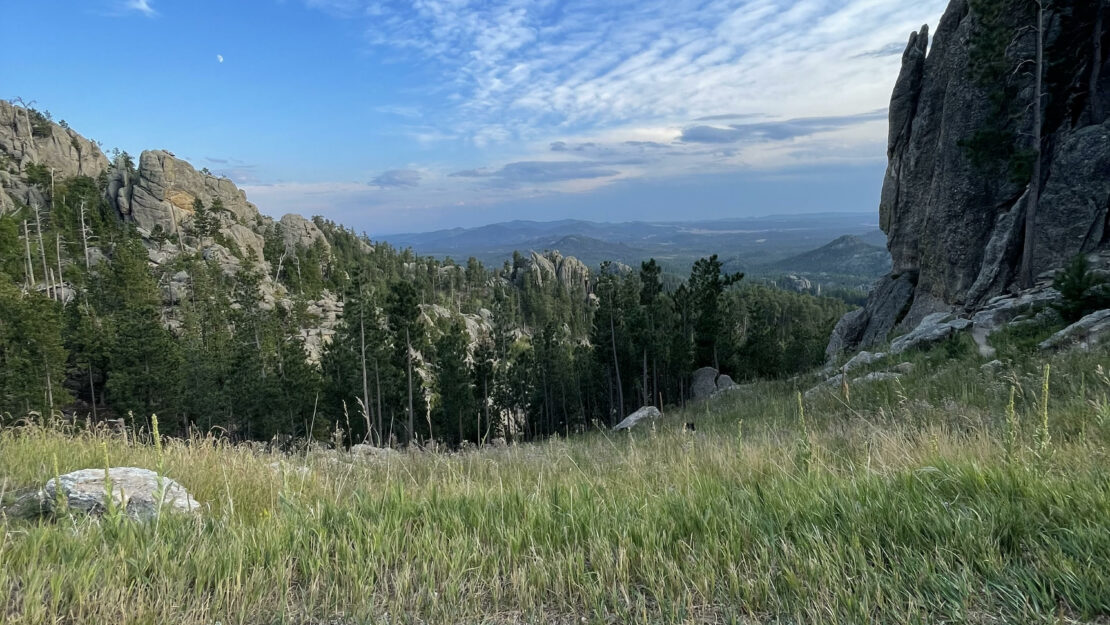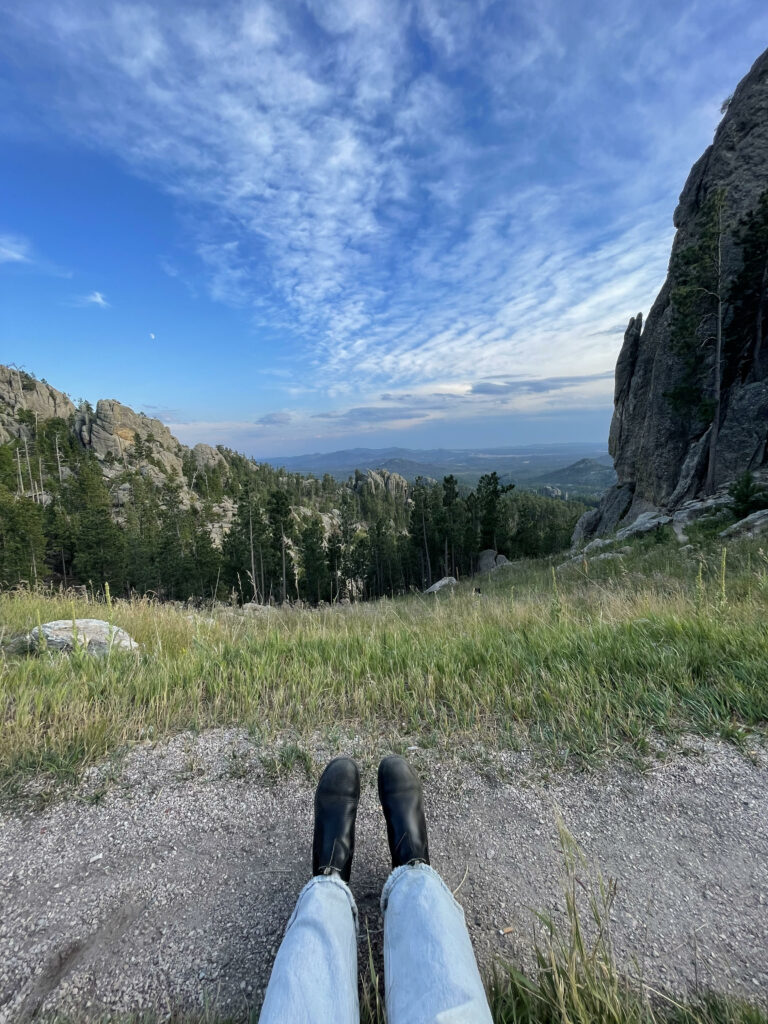Reflecting on the Impact of Earth Day in My Life

By Meg Bishop, Marketing Specialist Individual Placement Member / AmeriCorps Member placed at the Minnesota Department of Natural Resources Division of Parks and Trails
When I was a kid, I became obsessed with the movie Wall-E. In the movie, Wall-E is a robot created to help clean up the garbage left behind by humans after all of humanity could no longer live on Earth. It taught my child brain that the Earth’s natural resources are finite, and as we continue to build industrial infrastructure without considering environmental impacts, we accelerate the destruction of the very world that sustains us. When Wall-E finds the last surviving plant on Earth, he takes extra care of it, understanding that plant life is essential to human survival.
Forests store vast amounts of carbon, support many species of wildlife, and play a critical role in water and air purification. But perhaps most importantly, forests and the soil beneath them act as carbon sinks, helping to mitigate climate change.
I imagine that many other kids, like myself, walked away from Wall-E with the same core message: humans need to protect the natural world. This is a simple message, though powerful. Despite the movie’s success and its message, many have not listened. Pollution levels are rising. There’s rapid loss of biodiversity and the consequences are becoming increasingly real.
I remember a poster on my middle school history teacher’s wall that read, “Those who fail to learn from history are doomed to repeat it,” a quote by Winston Churchill.
Teddy Roosevelt, known for his work in protecting natural lands, established many of the most loved public lands we know today. Between 1901 and 1909, he created protections for national forests, national parks, and national monuments. President Lyndon B. Johnson continued this legacy by passing The Wilderness Act of 1964, which established the National Wilderness Preservation System, a framework for preserving federal lands in their natural state.
As I grew older, my family took yearly camping trips and a cross-country road trip my senior year of high school, visiting multiple national parks out west. I became fascinated by the history of America’s landscape and the rare natural beauty it holds. By the time I was ready to apply to colleges, I had planned on becoming a history teacher. I wanted to share the importance of America’s history and its natural wonders with others.
Instead of teaching, I chose to study journalism, believing it would allow me to make a similar impact. In 2024, after feeling a loss of purpose in my work, I began volunteering with conservation non-profits doing habitat restoration and educational programming—leading me to join the Conservation Corps. I wanted to make a positive impact in my community, and now I do. Using my journalism background, I dedicate much of my time to writing about natural resources, wildlife protection, and conservation policy.
Each Earth Day, I’m reminded of all the experiences that have shaped my respect for the natural world and my drive to advocate for its preservation. I hope it serves as a reminder for others as well.
